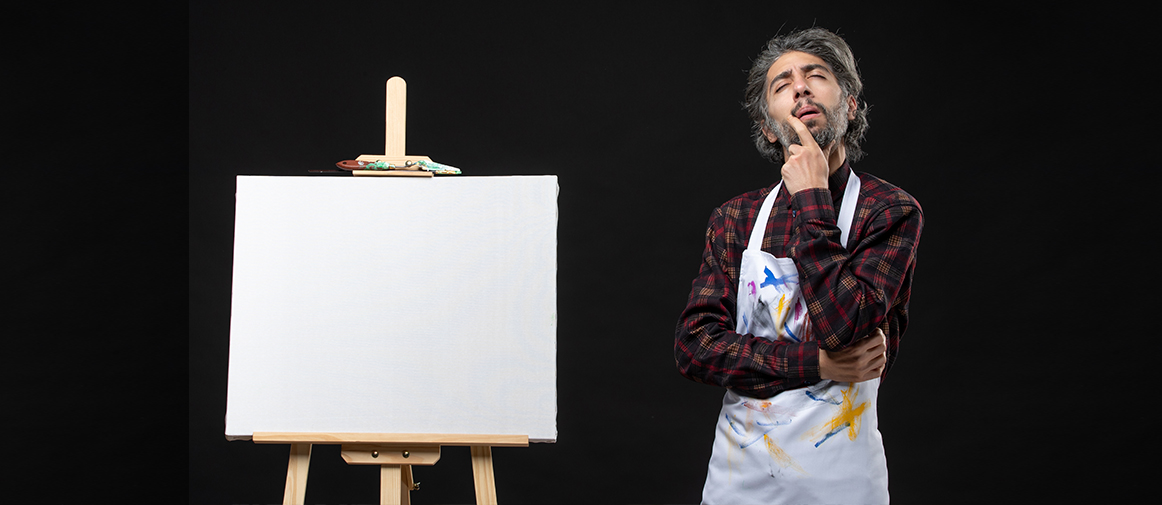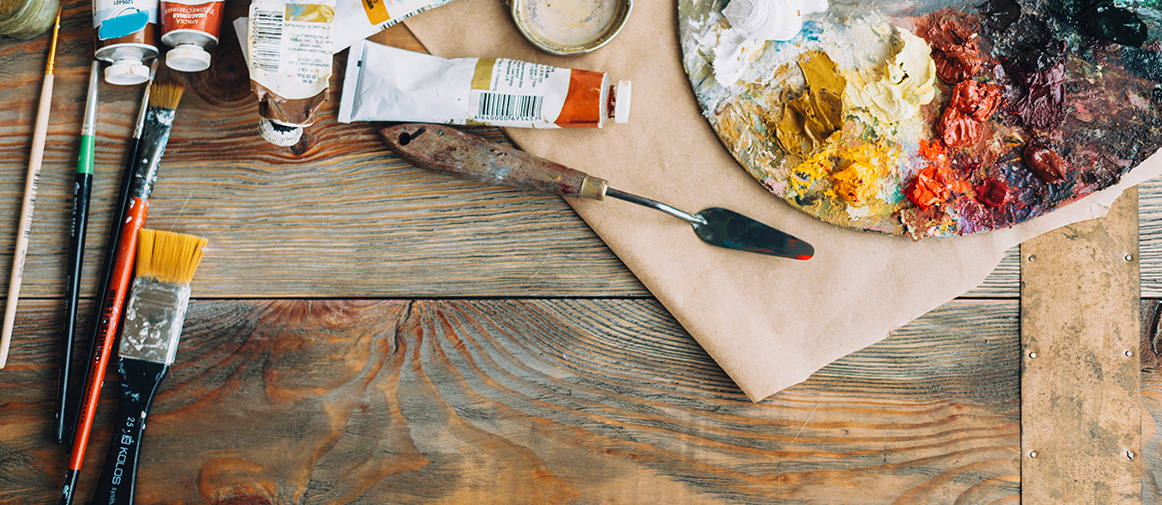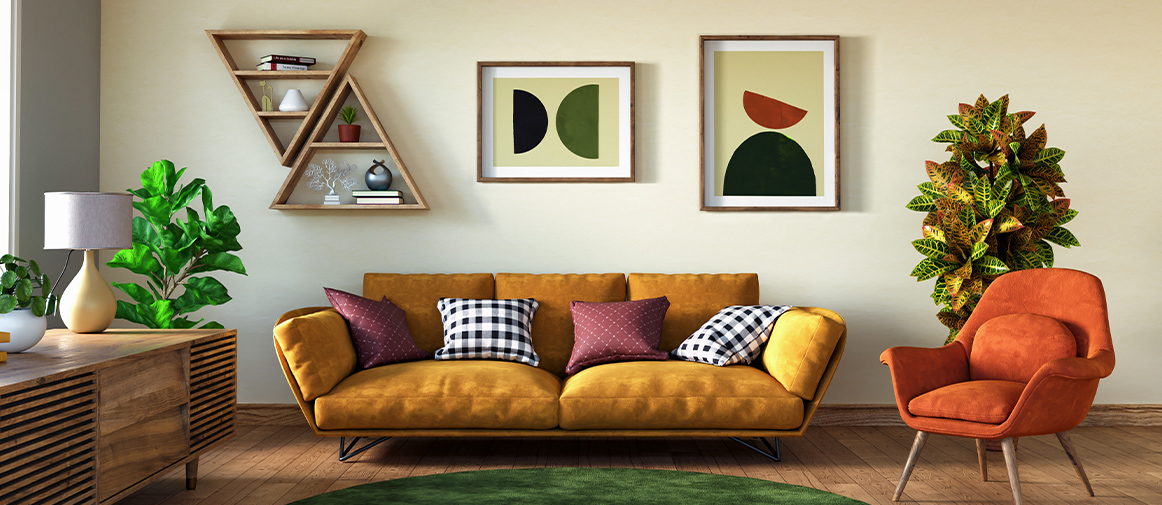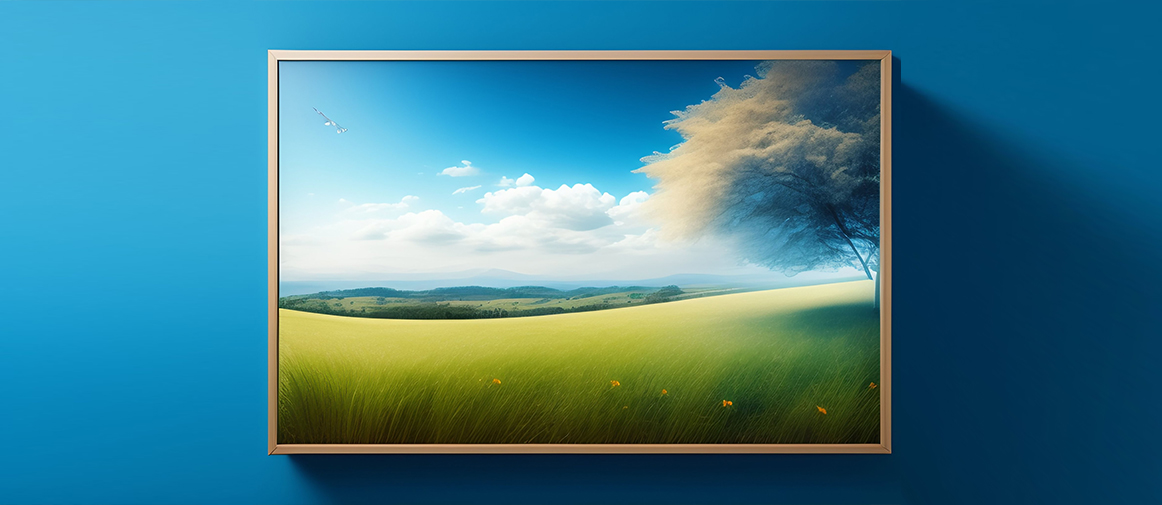Enjoy free shipping on all orders. Delivery within 7-8 working days.

In the 1800s, the French introduced the concept of "modern design," which encompassed a new style of art, furniture, and architecture that was popular at the time. In contrast, contemporary art refers to any form or period of art that was created after 1945. Both terms can be used to describe modern art styles as they are quite broad.
Artists, architects, and designers of that era developed a new approach to design, distinct from traditional methods. Modern design looks to the future and does not remain confined to the past. It is not the same as traditional design, as it is neither retro nor modern and has no connection to styles from the past or present.
Modern art features elements such as asymmetry and straight lines, among others. When creating their designs, modern designers drew inspiration from the art of ancient cultures like Ancient Greece and Egypt. They believed that people would appreciate their furniture due to its simplicity and lack of excess elements.
To create modern furniture design, designers sought to improve upon existing designs by using new materials such as steel or plywood, rather than wood which was the norm previously. These materials were lighter yet strong enough for daily use.
Modern art and design showcase a clean and simple style, influenced by the minimalist ideas of the 20th century modernist movement. It is distinctive due to its straight lines, sharp angles, and neutral colors. Modern furniture is popular in homes today because it is durable, practical, and does not go out of style like other styles do.
Modern art can be incorporated into any room in the house as it does not take up much space with excess elements. It works well in both small and large rooms, making it a cost-effective option as you do not need to purchase different pieces of furniture for each room. Keep in mind that some items may only require small changes, such as replacing worn-out cushioning.
"Modernism" was a movement that swept through the art world in the late 1800s and persisted until the mid-1900s. It was a rebellion against tradition, a call for freedom from formal rules and a desire to embrace creativity and new ideas. Modern artists, inspired by the likes of cubism, dadaism, and surrealism, sought to push the boundaries of their mediums and experiment with new styles.
Contemporary art, on the other hand, is a term that encompasses a wide range of art made after 1945 (the post-modern era). It can refer to works by artists who are still alive, as well as pieces that were created in the past but remain relevant today. Marcel Duchamp's famous "Fountain" sculpture is an example of this - it was first exhibited in 1917 but wasn't considered "modern" until it was featured in The Fountain Show at the Museum of Modern Art in New York City in 2011.
Contemporary art often takes the form of painting, sculpture, photography, and installations, and may incorporate unconventional materials such as video and sound. Some of the most well-known contemporary artists include Damien Hirst, Ellsworth Kelly, and Jeff Koons.
In conclusion, modern art and design have a timeless appeal, offering a wide range of styles to suit every taste. For those seeking something fresh and innovative, contemporary art is a great way to connect with the world around us and express oneself. Modern artists draw inspiration from current events, technology, and popular culture, offering a unique perspective that is always evolving.








